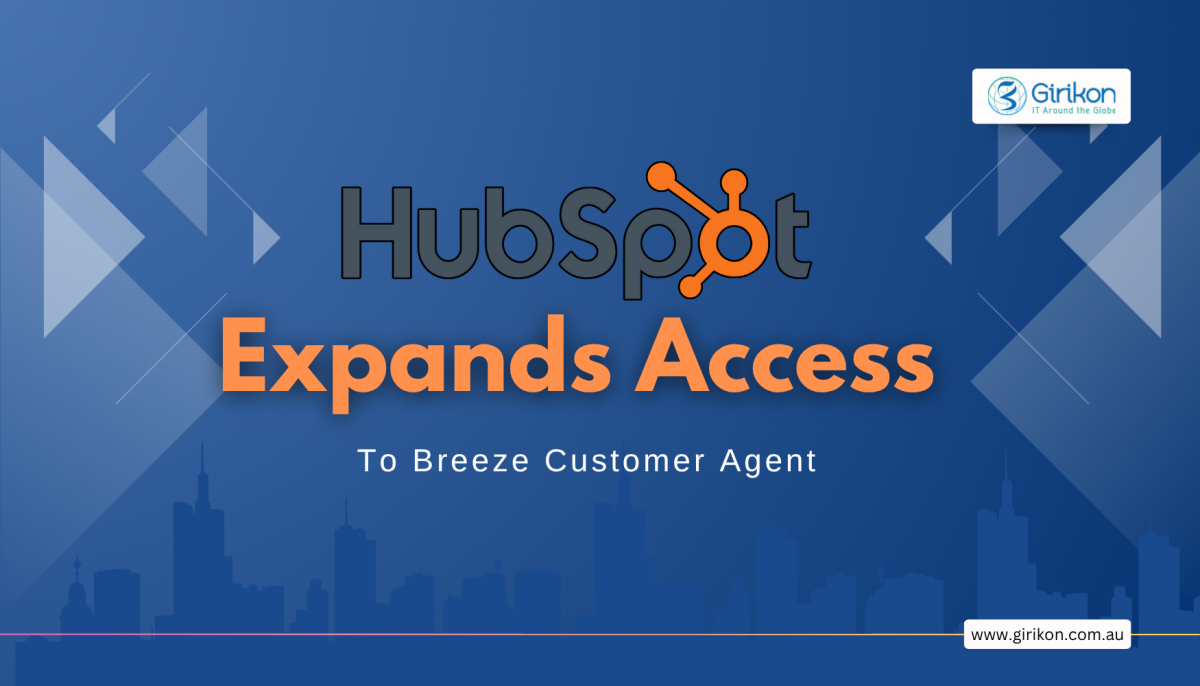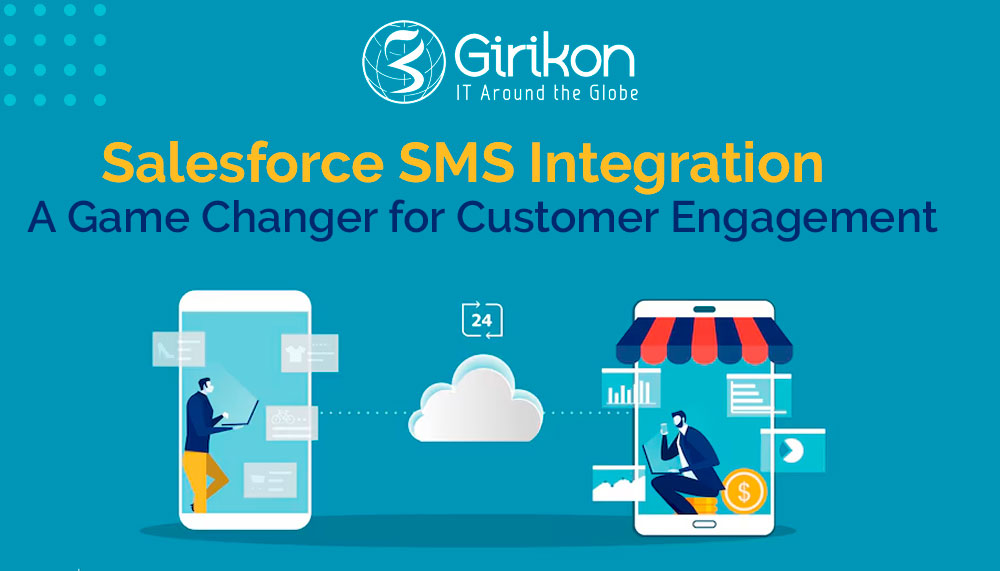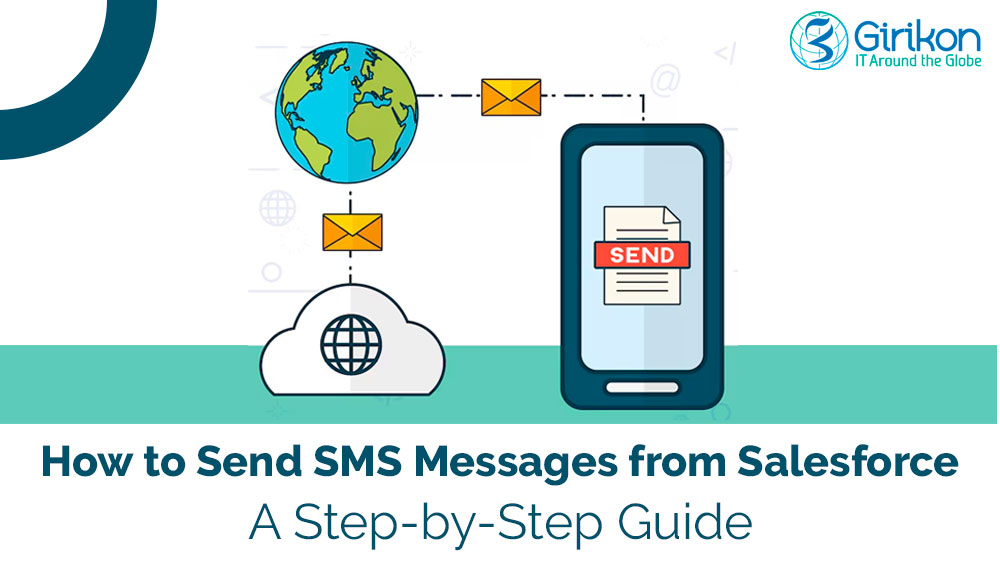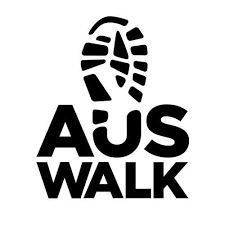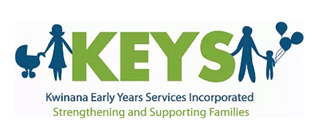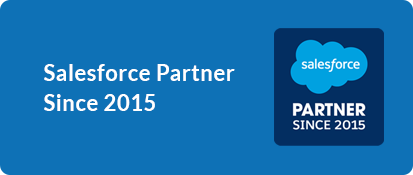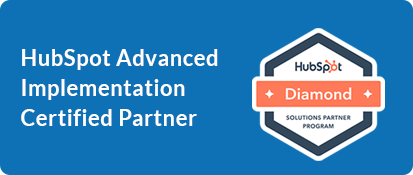Our Blogs
Numbers are important, but they often don't show the true picture. The price your customer paid for your product doesn't reveal the value they derive from it. The number of 5-star reviews you get on Amazon doesn't tell you the effort your service reps have put in the background to earn them. And your bottom line only reveals what is on the surface – the value of your business and the potential of your offerings.
Numbers do have their utility, however, even when you have to measure something as personal as the customer experience. Analyzing the numbers linked to customer journeys is key to your business's success. Salesforce research indicates that almost 90% of retail leaders believe that having access to data analytics would improve sales. In fact, the research further revealed that customer loyalty increased by over 55% because of advanced customer experience analytics.
Companies that perceive their customers as just accounts and numbers will probably find providing a great customer experience quite challenging. Having said that, collecting and analyzing the customer experience data doesn't guarantee excellent customer interactions. You need to prioritize the numbers that truly reflect the quality of the customer experience and help you build the story of a complete customer journey.
![]()
The Customer Journey
So what exactly is a customer journey? It includes everything a customer experiences when they interact with your business. Every business has its unique journey for its customers but there are some fundamental similarities across the entire business landscape.
The journey may start with a prospect having a specific need, or they will come across one of your ads about your offerings and then figure they need something similar. After establishing their need, their journey continues with researching your brand and its offerings, and they'll navigate through the sales cycle until they complete their purchase. The customer journey includes all touchpoints with your business which includes, marketing, sales, and customer service. It also includes their interactions on social media platforms and review websites. Additionally, it includes any more purchases by the customer, or dropouts (eg, they return a product they purchased and then don't come back for the same product).
If you are wondering that measuring everything along this journey is next to impossible, you're probably right in a way. Customer journeys are extremely personal and unique to each person and getting inside their head at every touchpoint can be a daunting task. Having said that, gathering as much data as you can and analyzing it would certainly help. That is corroborated by Salesforce research which says 82% of B2B and 88% of B2C leaders believe analytics are key to building a seamless customer journey.
What to Track?
It's not possible to measure everything right? So what is it that you can measure? We have compiled a short list of key performance indicators (KPIs) that are key to building great customer journeys. With Salesforce Marketing Cloud, you can monitor these at every step of the customer journey.
Prospecting Stage
The initial stages of the customer journey involve making a prospect aware of a latent need for your products or services, as well as educating them about your brand. Brand awareness may often come prior to a customer becoming aware of their need, or when they are doing research on a product or service for fulfilling that need.
During this early stage, prospective customers can interact with your brand in several ways, such as:
- Social media (eg. Facebook)
- Google ads
- Review sites (eg Glassdoor)
- Word of mouth from family and/or friends
- Television, print, or radio ads, signages, and sponsorships
Tracking the early stages of the customer's journey can be a tough nut to crack. This is so because often customers cannot recollect when or where they first heard about your brand or your products or services. It can also be difficult to track every bit of data from individual customers across every touchpoint from start to finish. There are ways, however, to glean data from this early stage of the customer journey.
Social Listening. While brands can manually monitor what certain followers are saying, AI-powered social listening tools such as Marketing Cloud Einstein work very well for sifting through bits of information such as social media comments, shares, and likes as well as tracking a prospect's engagement with your brand on social media channels.
How Did You Hear About Us?
When customers are asked this simple question when they walk into your store, chat with you, visit your website, or install your app, can give you answers about which marketing campaign is working for you. A common technique employed by brands is to offer a discount coupon for first-time purchases. You can set unique coupon codes for each marketing channel so you'll know how effective they are in bringing in new customers.
Opens, Views, Clicks, and Traffic. These are key metrics of the digital customer experience and are easier to monitor and track. Open rate refers to the number of times your email was opened by your marketing audience, views are the number of times your ad was seen by users, and click-through rate (CTR) tells you how many of them actually clicked on your ad or link (eg. in a social media post) and landed on your website or app from multiple sources.
It's important to track the source of traffic to your website or app. Millions of companies today are using Google Analytics or Facebook Analytics (depending on where your ad appears) to get insights about the effectiveness of your marketing campaigns. These touchpoints are then refined accordingly.
Middle Stage
This is perhaps the most crucial stage of the customer journey. Prospects have shown interest in your product or service and now you need to go out of your way to convert them. This stage of the customer journey includes decision making, completing the purchase, and delivery of the product or service.
Bounce Rate and Pages per Session. Once a prospect has clicked on one of your ads or social media links and landed on your website, it is likely they are either still doing their research or are ready to start their purchasing journey. Or maybe they landed here by mistake or didn't find whatever they were looking for. Bounce rate is the number of users who don't take any action once they land on that page (no further clicks) and pages per session refers to the number of pages a visitor views in a single browsing session. These numbers can reveal how deeply users interact with your brand on your app or website. The more pages viewed and the more time spent on each, the greater the engagement.
Visits. This measures the number of occasions an individual user visits your website or app. Technically, the more times a user visits your website or opens your app, the greater the likelihood of them making a purchase.
Session Recording. Many businesses use tools that record videos of user interaction on their website. This helps marketing teams assess what might be the likely cause of high bounce rates, low pages per session, and a loss of return visits.
Conversions. As the name suggests, this refers to the number of prospects who actually complete a purchase on your website or app after clicking on an ad or link or performing the desired action on your page (eg. providing contact information for a product demo). In the digital context, this could translate to the number of visitors who complete a purchase on your e-commerce store.
Time to Launch. This is an important KPI which refers to the time a prospect takes to convert to a customer.
Checkout Abandonment Rate. Cart abandonment can be a key indicator of issues with the customer experience on your online store or app, but there could be other issues as well that are preventing prospects from completing the purchase. These may include pricing changes, the UI/EX, or uncertainty about your website's security.
Late Stage
This phase of the customer journey includes everything that happens after the customer has received and used your product or service. It may include brand satisfaction, ongoing customer service, repeat purchases, and reviews of your brand or product on social media.
Support Rate. This measures the number of customers who require customer support. With Marketing Cloud analytics, you can dive deeper into your data and identify trends in customer support cases. This will tell you which aspects of the customer experience you need to improve upon – product features, shipping, customer support, or other aspects so that you can reduce these requests to a large extent.
Net Promoter Score (NPS). This measures the likelihood of a customer to recommend your brand to others. Based on NPS, customers can be classified as promoters, passive customers, or detractors.
Upsell/Cross-Sell Rate. This measures the number of customers who either upgrade or continue to buy from your brand. This metric will help you establish the level of trust and confidence customers have in your brand.
The Big Picture
Tracking these customer journey KPIs is vital for success. As is true with any data gathering initiative, simply collecting data isn’t enough. To be a market leader, you need to know what you want your data to tell you once you have acquired it.
Personalise
What is the most critical aspect of effective customer journeys? Personalization. With Marketing Cloud's AI-powered automation and analytics, you can build unique journeys for every individual customer.
Optimize
With Marketing Cloud AI-powered analytics, you can inject insights back into the customer journey in real-time to optimize every interaction. Marketing Cloud leverages KPIs such as bounce rate, cart abandonment, and customer service to provide insights that can help you optimize your campaigns and content.
Integrate
Salesforce research says that only 17% of businesses (as per a survey conducted by Salesforce across 700+ business leaders) have fully integrated customer data across their organization. On the other side, 97% of those who have fully integrated customer data in their organization say it has allowed them to build seamless customer journeys across all touchpoints.
Exceptional customer journeys require seamless collaboration across the enterprise. Every department from engineering to accounting to shipping to marketing, sales, and customer service, has a role to play in the customer journey.
Companies have a propensity for organizing themselves in silos, which often operate as independent branches. This is where the role of a Salesforce implementation partner becomes critical. With over a decade of experience as a Salesforce consulting company, our team of certified experts can help you integrate all your organizational data into a single unified platform and unlock the true value of Marketing Cloud to help you get the most out of every interaction across your entire marketing journey.

 +61-1300-332-888
+61-1300-332-888 +1-480-382-1320
+1-480-382-1320